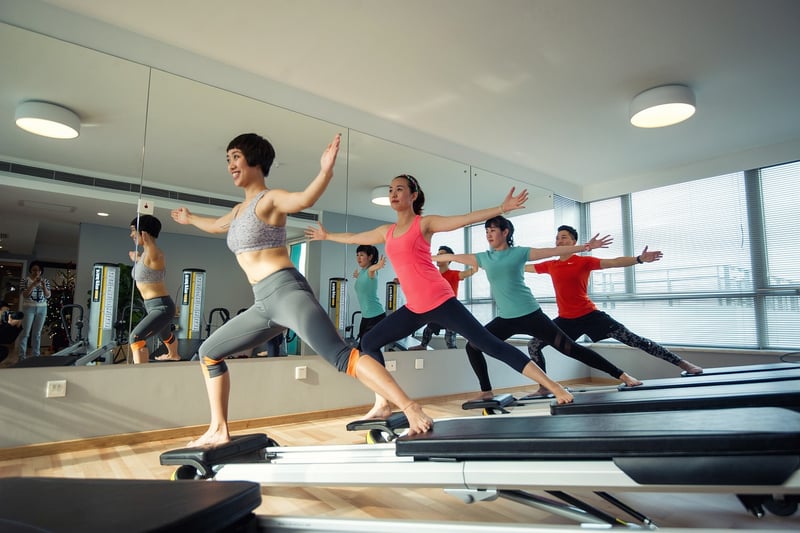Flexibility Training
The Importance of Core Strength and Flexibility in Flexibility Training
When it comes to flexibility training, two key elements play a crucial role in achieving optimal results: core strength and flexibility. Combining these two components can significantly enhance your overall flexibility, range of motion, and physical performance. Let's delve into why core strength and flexibility are essential and how they impact flexibility training.
Core Strength: The Foundation of Flexibility
Your core muscles, including the abdominals, obliques, lower back, and pelvic floor muscles, provide stability and support to the spine and pelvis. A strong core is essential for maintaining proper posture, balance, and alignment during various movements and exercises. When your core is weak, it can lead to compensations in other areas of the body, contributing to muscle imbalances and restricted movement.
By incorporating core-strengthening exercises such as planks, Russian twists, and leg raises into your flexibility training routine, you can build a solid foundation that supports your body's movements and enhances your flexibility. A strong core also helps prevent injuries and improves overall athletic performance.
The Role of Flexibility in Flexibility Training
Flexibility refers to the ability of your muscles and joints to move through a full range of motion. Improved flexibility can enhance muscle function, joint mobility, and overall movement efficiency. Incorporating stretching exercises, such as dynamic stretches, static stretches, and yoga poses, can help increase flexibility and reduce muscle tightness.
Flexibility training not only improves your range of motion but also helps prevent injuries, reduce muscle soreness, and enhance your athletic performance. Regular stretching sessions can also promote relaxation, improve circulation, and enhance overall well-being.
Integrating Core Strength and Flexibility into Your Training Routine
To maximize the benefits of flexibility training, it's essential to incorporate exercises that target both core strength and flexibility. A well-rounded training program should include a combination of core exercises, stretching routines, and mobility drills.
- Include core-strengthening exercises such as planks, crunches, and bird dogs in your workout routine.
- Perform dynamic stretches before your workout to warm up your muscles and prepare them for movement.
- Incorporate static stretches at the end of your workout to improve flexibility and aid in muscle recovery.
- Practice yoga or Pilates to enhance both core strength and flexibility simultaneously.
Conclusion
Core strength and flexibility are essential components of flexibility training that work synergistically to improve your overall performance, prevent injuries, and enhance your quality of life. By incorporating core-strengthening exercises and stretching routines into your training regimen, you can achieve greater flexibility, mobility, and functional strength.
Remember, consistency is key when it comes to developing core strength and flexibility. Stay committed to your training routine, listen to your body, and gradually progress to more advanced exercises to continue challenging your muscles and improving your flexibility.
Embrace the journey to a stronger, more flexible body, and reap the numerous benefits that come with prioritizing core strength and flexibility in your flexibility training endeavors.


